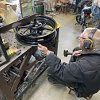You hit a rock in the road or blasted through a pothole, and now your cast-aluminum motorcycle wheel has a fat divot in the rim.
If it was a spoke wheel, you could just replace the rim, but modern cast wheels are one piece. So what can you do? Can a bent rim be repaired? Are you stuck spending big bucks for an OEM replacement or rolling the dice on a used hoop off eBay?
These questions and more were spinning through my head as I gazed down at a flat spot in the front wheel of my Kawasaki Versys 650. The damage wasn’t debilitating — the tire held air and I didn’t notice any discernible vibration while riding — but I knew I couldn’t leave it. So I turned to that ultimate source for DIY solutions, the World Wide Web.
In search of answers
Home videos on YouTube showed a variety of techniques, ranging from reckless sledgehammering at the barbaric end of the spectrum to clamps and contoured wooden braces at the more thoughtful end of things. Some folks managed to improve the condition of their rims, others just mangled them further.

On to the forums then, where I at least found some intelligent discussions about whether to apply heat to the rim and how much, and whether you should be using swift and acute force (hammer) or broad and intense pressure (mechanical or hydraulic leverage).
Clearly, nobody had much experience or any authority on the topic, and I now had more questions and concerns than ever. So I called a few of the automotive and motorcycle rim-repair shops Google had so helpfully served ads for during my initial research. I received the Glomar response, on repeat. Nobody would confirm or deny using heat or divulge anything about how pressure was applied. It was like asking a magician how he saws his beautiful assistant in half.

Then, I recalled an acquaintance I’d made years ago. An older gentleman who had once worked at a renowned Los Angeles spoke and wheel manufacturer. He’s quasi-retired now, and living way out in the high desert north of Los Angeles, but he’d laced some spoke wheels for me in the past and I recalled seeing cast wheels strewn about his shop.
So I called David, and asked if he thought he could repair my rim (yes) and whether he’d be OK with me watching him work (no). Fair enough; I suggested I’d bring a dirt bike to ride in the desert while he did his thing, then drove the two hours out to his place, secretly hoping I’d glean something about how this wizard performed his tricks.

In the end, David let me watch. As I’ve often found when interacting with masters of a craft, if you’re genuinely curious, they’re happy to answer your questions and share their knowledge.
Watching the master work
David is north of 70 years old and wears a warm smile on his time-creased face. “I was working at Buchanan’s Frame Shop [now Buchanan’s Spoke and Rim], straightening motorcycle frames,” recalls David, when I ask him how he came to this line of work, “and someone brought in a bent cast wheel. Nobody had fixed one yet, and I had a reputation for experimenting, so the wheel ended up on my bench.”
That was back in 1971, a decade before cast wheels would go mainstream in motorcycling. That likely makes David the first person to strategically repair a cast motorcycle wheel, or at the very least, the guy who’s been doing it the longest. “Oh, I’ve probably done tens of thousands of them,” says David. “I used to do a dozen or more a day.”
So how does he do it? With simple yet specialized equipment and a lot of finesse. A 3,000-pound homebuilt fabrication table serves as the foundation for David’s work, and off of that hangs an angled wheel bracket made from the same immovable inch-thick steel. Another jig passes through the wheel bearings and allows the rim to be held parallel to the table. There’s also an oxyacetylene torch involved, a 20-ton bottle jack with a custom-made saddle, and a Garland rawhide mallet, but that’s it.
I hand him my Versys wheel — with rotors removed, as requested over the phone — and he takes a look at the the rim lip, which is flattened for a few inches along the radius and displaced about a quarter of an inch outward. “This one is easy,” David says.
There’s evidently a lot of variability among wheels. Powder-coated rims feel different beneath David’s hammer than chromed wheels since one is baked at high a temperature and the other isn’t. A rim’s malleability even varies based on manufacturer. “BMW wheels are the softest,” remarks David as he strikes his torch and tunes the flame to a shrill hiss. “In any case, if you can get to the dent quickly, it’ll straighten out easier. Metal has a memory.”
As many forum posters had surmised, heat is a critical part of the repair process, since it relaxes the metal and allows it to be reformed without becoming brittle and cracking. David brushes the sharp-blue tongue of his torch over the damaged area of the rim as his eyes swing between the workpiece and the second hand of the clock on the wall.
As the glossy black paint turns dull, he pulls the flame away. I inquire about the target temperature for the metal, but David is an artist, not a scientist. “Did you see how it just started to smoke, just a little there?” he asks as a barely perceptible tendril of vapor disappears into the chilly air of his shop. “That’s the right amount.” He says he heats for 40 to 50 seconds, depending on the wheel, the bend, and the temperature in his garage. According to my infrared pyrometer, the metal is just above 400 degrees Fahrenheit after its fire bath.
With the heated wheel lying against the blocks of the angled bracket, David picks up his worn Garland mallet, chokes up on the handle, and quickly strikes the rim three times with a force that belies his age. The rolled leather of the hammer’s head hits the shoulder of the rim at an angle, which seems odd. “Beginners make the mistake of just hitting the rim lip, and trying to push that in,” comments David. “That just compounds the problem. Don’t worry about the lip until you’ve straightened out the shoulder.”
From there, he moves the wheel over to the parallel stand and gives it a spin, placing the end of a stationary pointer near the rim lip. The wheel still wavers slightly, but it’s a big improvement. “We’re halfway there,” observes David.
I ask about the bottle jack sitting behind the wheel stand, knowing that a lot of automotive-wheel shops use factory made jigs and hydraulic rams to massage rims back into shape. David’s jack is for pushing out big bends, so we won’t be using it today, but I’m still curious about how he determines how much pressure to use. Again, the answer reveals his artistry: “I can feel whether it’ll break or not.”
“I try not to use hydraulics, because it tends to move too much metal,” says David. “A concentrated blow works best. That’s how it got dented in the first place, right? With the leather mallet, it’s amazing what you can do without damaging the paint.”
The rim gets heated and hit while in the parallel stand, then goes back to the angled bracket for a few more precise impacts. When he places the pointer tip near the rim and spins the wheel again, the gap is perfectly consistent. “I aim for 20 thou’ of runout. If you’re too much of a perfectionist you’ll end up overworking the aluminum, and it’ll crack. There comes a point when you just need to stop, or you’ll make things worse.” Words of wisdom from the wheel wizard of the desert.

It turns out fixing a bent cast wheel isn’t complicated, there’s just a boatload of skill and technique involved, as well as some specialized equipment. Having a solid work surface that supports the wheel in the correct fashion is crucial, and so is applying intense, concentrated heat. A wooden bracket — even one made from hardwood like oak — probably isn’t firm enough to support the wheel and properly isolate the impact force, and a handheld propane torch doesn’t have enough BTU to effectively anneal the aluminum.
The wheel is straight, and except for a little paint damage around the impact area, it’s no worse for the beating. David takes the burr off the flattened rim edge with a file, scuffs the surface with emery cloth, then hits it with gloss-black Rustoleum and sets the wheel in front of a small electric space heater to cure.
In total, David worked with my Versys wheel for maybe 15 minutes. “Still going for a dirt bike ride?” he asks. “I’d like to join you.”


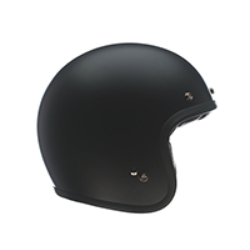

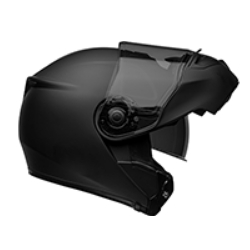

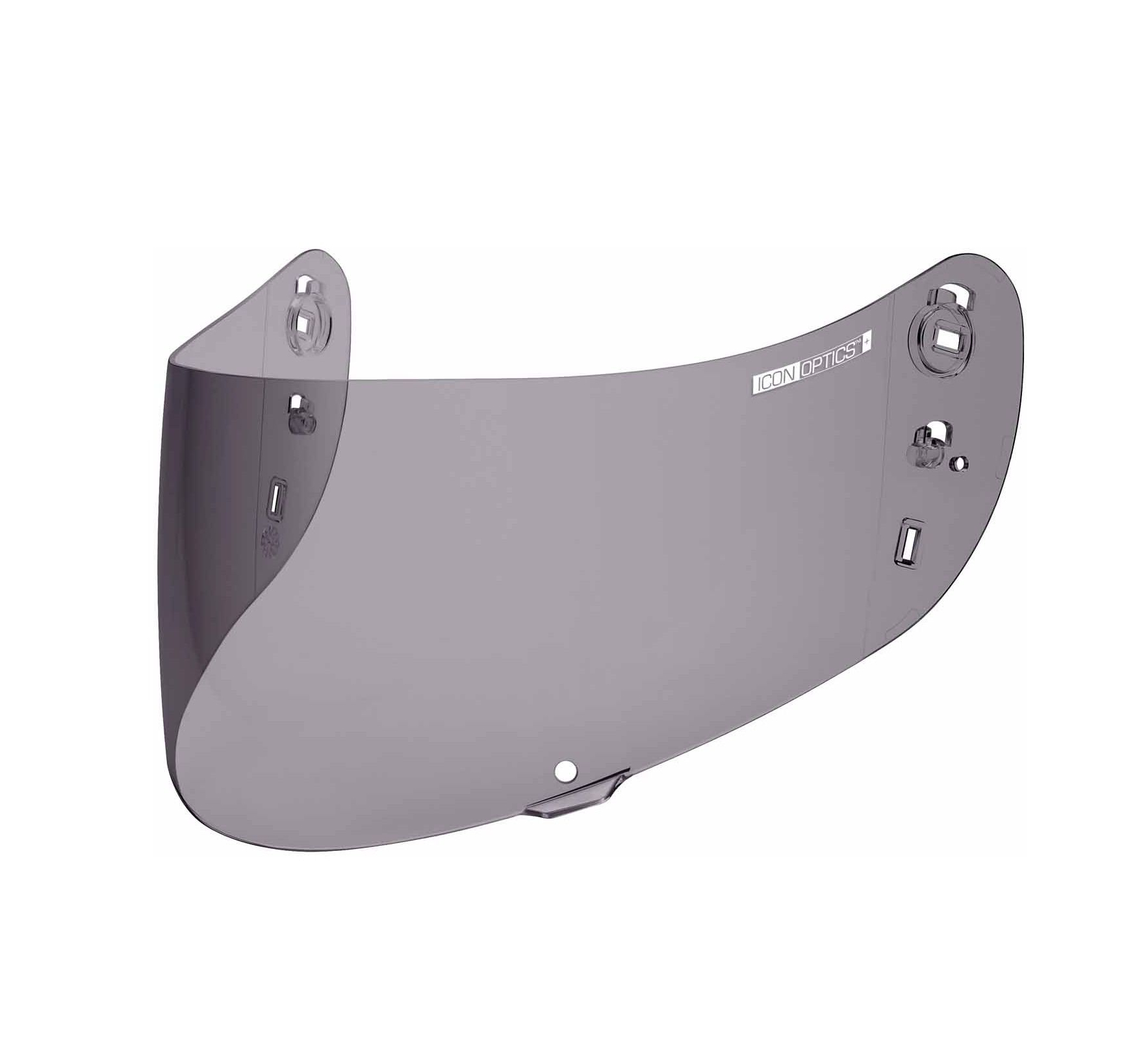
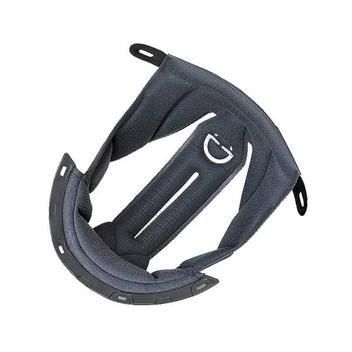
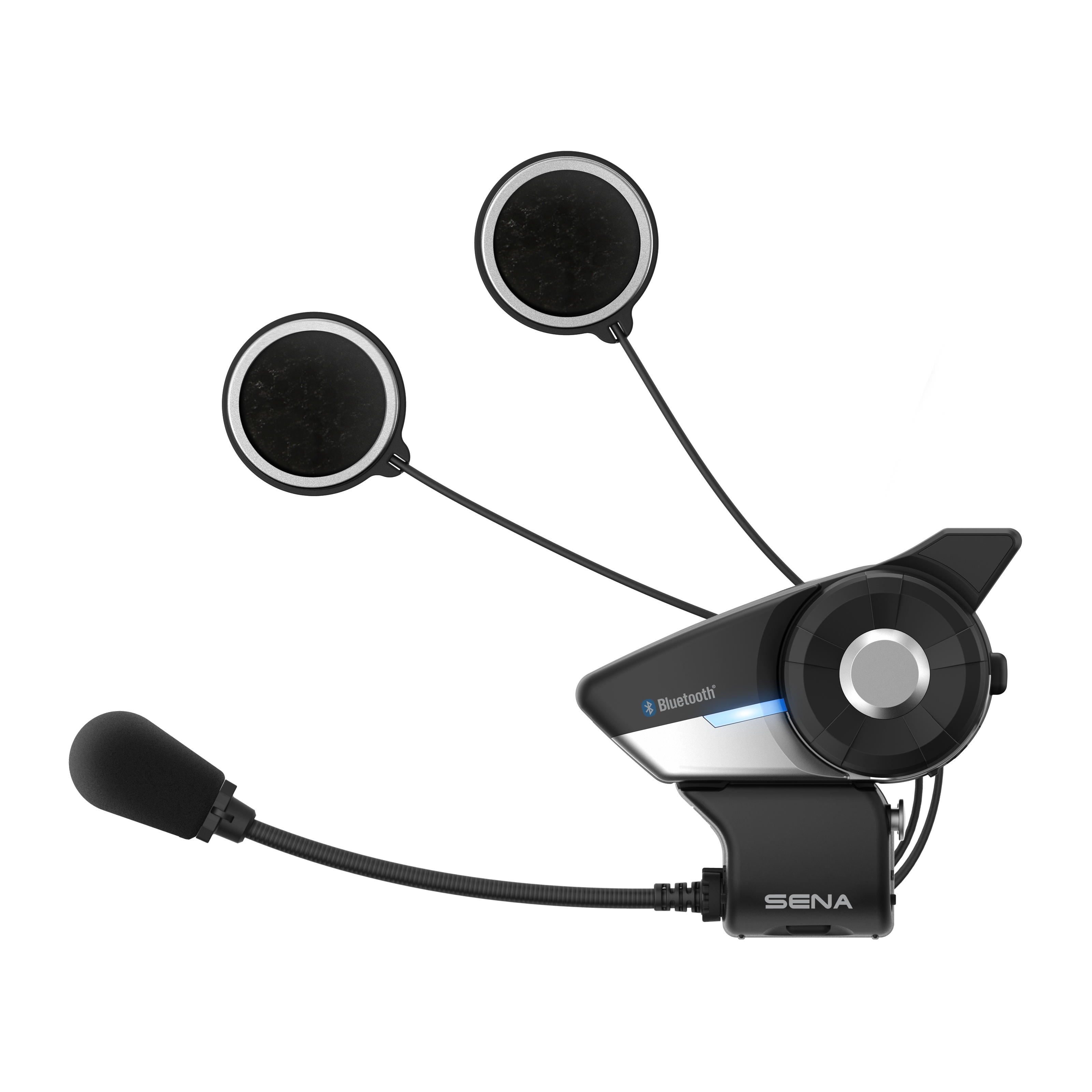


 Membership
Membership












